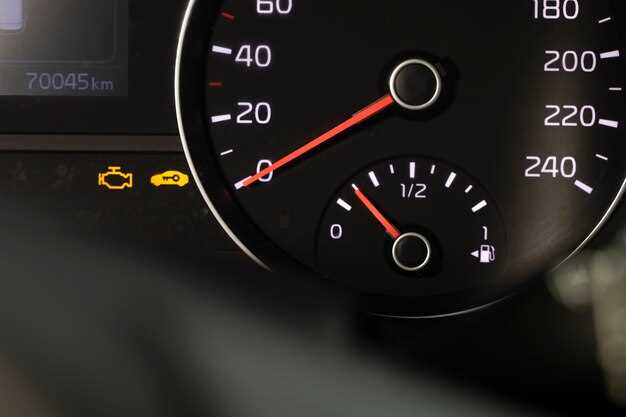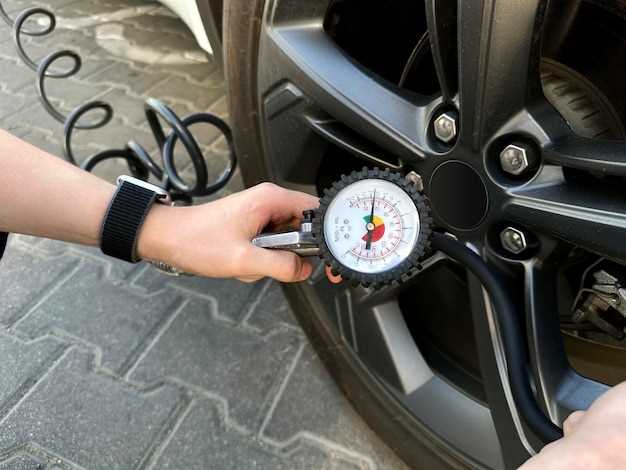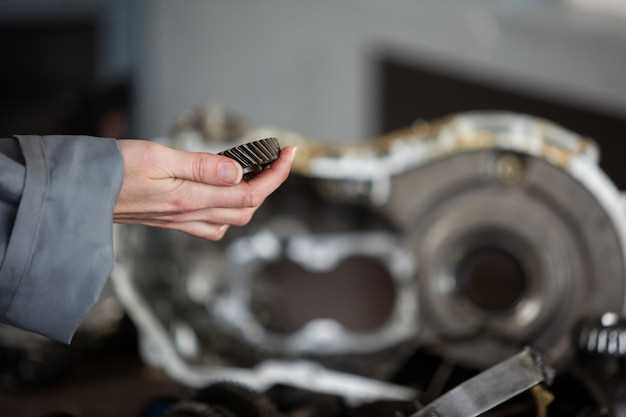
In the world of motorsports, tire temperature plays a critical role in determining a vehicle’s performance. The relationship between heat and a tire’s ability to grip the track can significantly influence the outcome of a race. As a tire heats up during high-speed maneuvers, its rubber compounds undergo changes that affect traction, durability, and overall handling. Understanding this dynamic is essential for teams looking to optimize their vehicles for peak performance.
The temperature at which tires operate not only impacts their grip level but also the consistency of performance throughout a race. Overheating can lead to a decrease in traction, causing a driver to struggle with control, while tires that operate at optimal temperatures can deliver maximum performance. This delicate balance between heat and tire efficiency is crucial, as even minor fluctuations in temperature can result in substantial variations in lap times and race strategy.
Ultimately, the interplay between tire temperature and performance outcomes highlights the importance of meticulous tire management during a race. Teams must carefully monitor and adjust their strategies, ensuring that their tires remain within an optimal temperature range. This not only enhances grip and stability but also extends tire life, allowing drivers to maintain competitive edges over the course of the event.
Optimal Tire Temperature Ranges for Different Track Conditions

The performance of racing tires is significantly influenced by the heat they generate during a race. Each track condition requires a specific temperature range to optimize grip and minimize wear. Understanding these optimal temperature ranges is crucial for teams aiming to enhance their performance.
On dry asphalt tracks, the ideal tire temperature typically falls between 190°F to 210°F (88°C to 99°C). Within this range, tires achieve the best balance of traction and longevity. If the temperature exceeds 210°F, tires may overheat, leading to reduced grip and increased degradation. Conversely, temperatures below 190°F can result in insufficient heat buildup, causing slippage and poor handling.
For wet or damp conditions, maintaining a lower tire temperature is vital. Tires should ideally run between 150°F to 170°F (65°C to 77°C). This range helps prevent hydroplaning while still allowing the rubber to maintain adequate flexibility for optimal contact with the wet surface. Operating outside this range can lead to either water buildup under the tire or excessive wear.
In mixed conditions, where both dry and wet surfaces are present, teams often aim for a compromise, targeting temperatures around 170°F to 190°F (77°C to 88°C). This allows for adaptability, ensuring that the tires can respond effectively to variable track surfaces.
Additionally, it is essential to consider the impact of tire compounds on temperature management. Softer compounds generally require higher temperatures to perform correctly, while harder compounds can retain effectiveness at lower temperatures. Teams must adjust tire choices and strategies based on the expected weather and track conditions to optimize performance throughout the race.
In summary, understanding and managing tire temperature is critical in racing. By aligning tire heat levels with track conditions, teams can maximize grip, control, and overall performance, ultimately influencing race outcomes.
How to Monitor and Adjust Tire Heat During a Race

Maintaining optimal tire heat is crucial for achieving high performance during a race. Here are strategies for effectively monitoring and adjusting tire heat:
-
Utilize Tire Temperature Sensors:
Install tire temperature sensors that provide real-time data on tire heat. These sensors can be integrated into the car’s telemetry system to continuously monitor temperatures.
-
Regular Track Temperature Checks:
Understand the track conditions. As the race progresses, the track temperature can change, impacting tire performance. Check the weather and adapt your strategy accordingly.
-
Lap Time Analysis:
Analyze lap times in relation to tire heat. If lap times are declining, it may indicate that tire temperatures are either too high or too low.
Adjusting tire heat during the race is equally important:
-
Adjust Tire Pressure:
Increase or decrease tire pressure based on heat levels. Higher temperatures often require a slight decrease in pressure to enhance performance.
-
Manage Driving Style:
Adjust your driving style to maintain optimal tire temperatures. Smooth inputs and minimizing sliding can help regulate heat levels.
-
Pit Stop Strategy:
Plan your pit stops around tire performance. Changing tires at the right time can help maintain optimal heat and avoid performance drops.
By closely monitoring and adjusting tire heat throughout the race, drivers can enhance overall performance and increase their chances of success on the track.
Analyzing the Relationship Between Tire Wear and Performance at Varying Temperatures
Tire wear significantly affects performance in racing, influenced heavily by temperature conditions during a race. As tires heat up, their compound properties change, leading to variations in grip, durability, and overall efficiency. Analyzing how these effects interplay at different heat levels can provide insights into optimal racing strategies.
At lower temperatures, tires may not reach their ideal operating range, resulting in decreased grip and increased wear. The friction generated during cornering and braking is not sufficient to heat the rubber, causing excessive slip and uneven degradation. This can lead to unpredictable handling, particularly in high-stress conditions.
When tire temperatures rise, the rubber becomes more pliable, enhancing grip and traction. However, this state is not without its challenges. As the tires continue to heat, the wear rate accelerates, leading to potential performance drops as the rubber begins to lose its structural integrity. A balance must be struck between maintaining sufficient temperature for performance while avoiding overheating that can exacerbate wear.
High temperatures can also induce tire blistering, where the surface begins to bubble due to internal heat buildup. This phenomenon creates a detrimental cycle; increased heat leads to increased wear, which in turn lowers overall performance due to compromised tire condition. Racing teams must closely monitor tire telemetry to adapt strategies in real-time, adjusting pit stop strategies or driving techniques to optimize tire longevity and performance.
Understanding the dynamic relationship between tire temperature and wear is essential for competitive racing. Teams often experiment with air pressures and tire compounds tailored for specific temperature ranges to maximize performance. The correlation between heat, wear, and performance directly influences race results, therefore requiring meticulous attention and adjustment by engineers and drivers alike.



